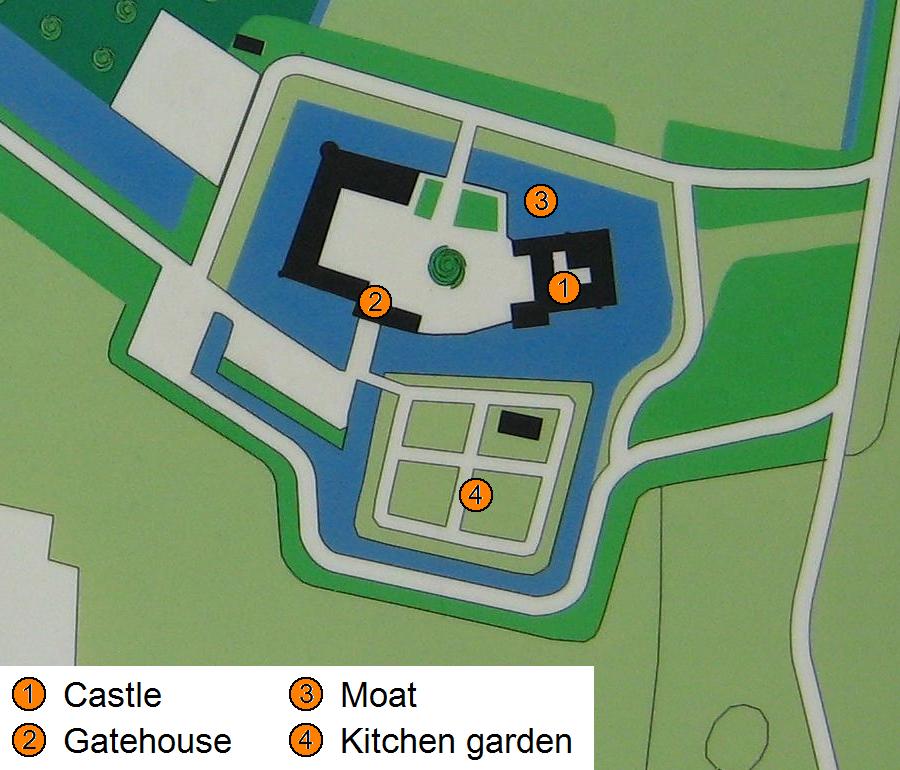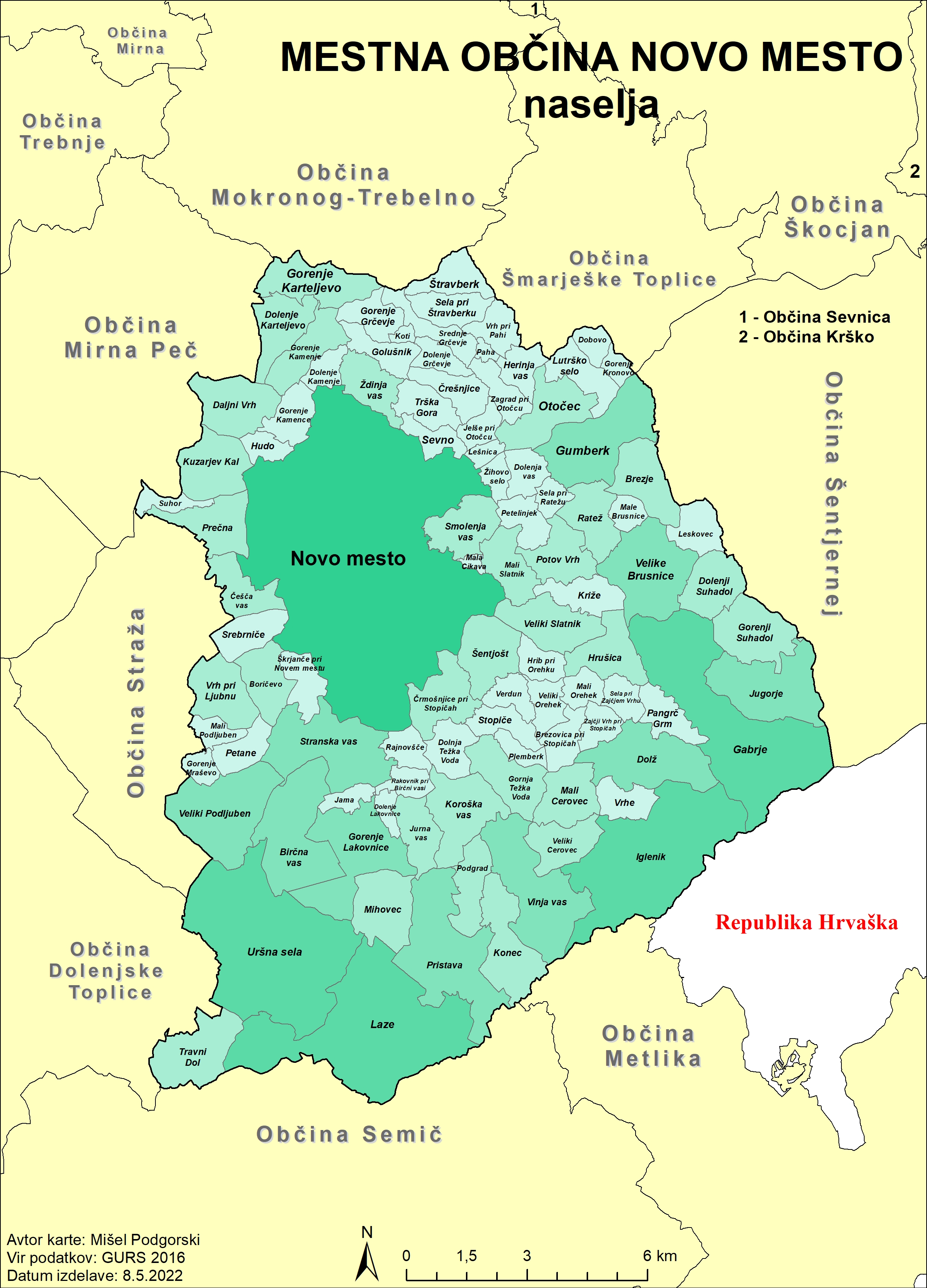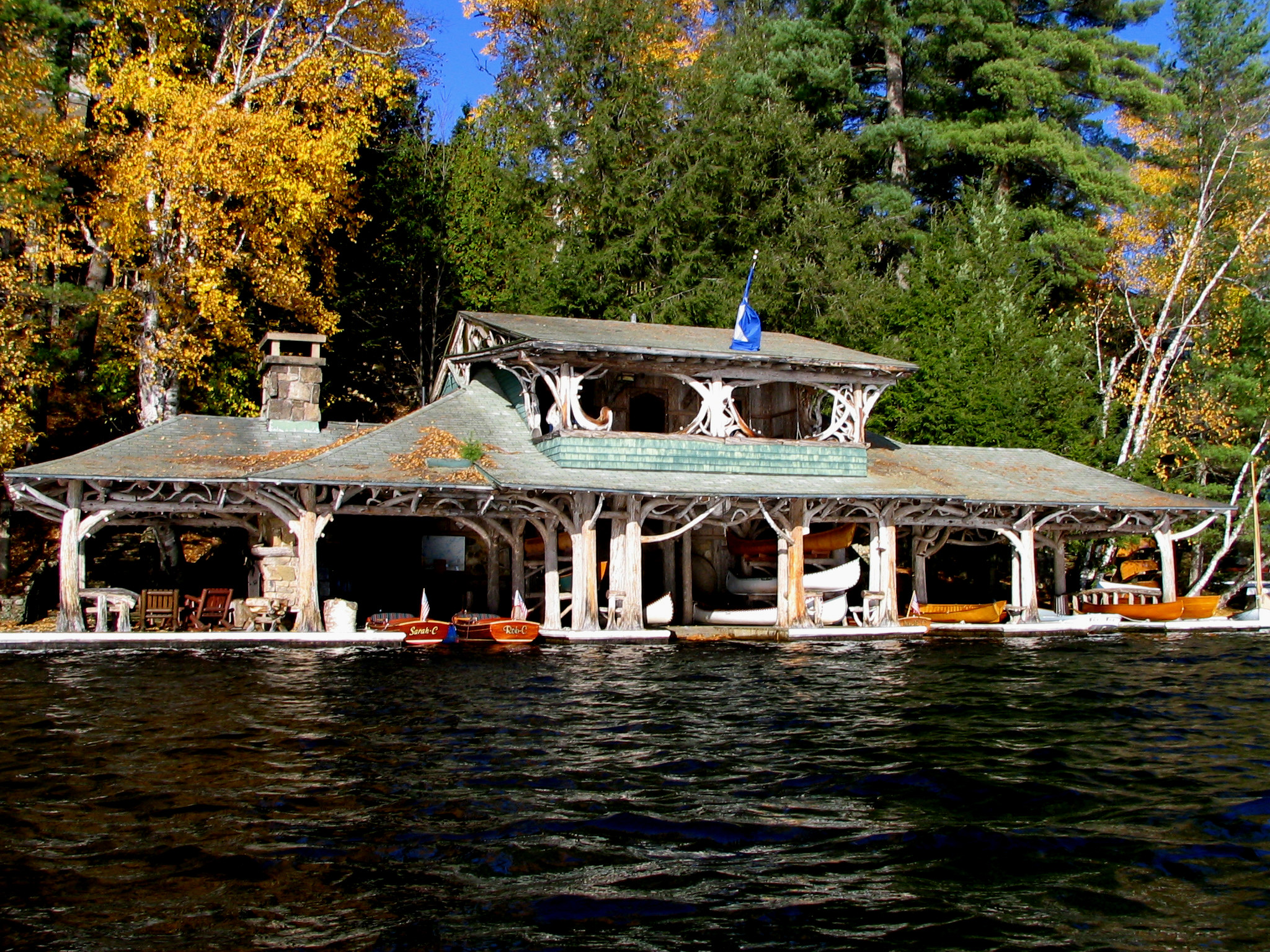|
Otočec
Otočec (, german: Sankt Peter) is a settlement on the left bank of the Krka River in the City Municipality of Novo Mesto in southeastern Slovenia. The area is part of the traditional region of Lower Carniola and is now included in the Southeast Slovenia Statistical Region. Name The name of the settlement was changed from ''Šent Peter'' (literally, 'Saint Peter') to ''Otočec'' (literally, 'small island') in 1952. The name was changed on the basis of the 1948 Law on Names of Settlements and Designations of Squares, Streets, and Buildings as part of efforts by Slovenia's postwar communist government to remove religious elements from toponyms. Church The local parish church is dedicated to Saint Peter and belongs to the Roman Catholic Diocese of Novo Mesto. It was first mentioned in written documents dating to 1406. It was rebuilt in the 17th and 19th centuries. Roads Otočec can be reached by taking the A2 Motorway from Novo Mesto, which is part of Pan-European Corridor X. O ... [...More Info...] [...Related Items...] OR: [Wikipedia] [Google] [Baidu] |
Otočec Castle
Otočec Castle (a.k.a. Grad Otočec, in older sources ''Otočič'', german: Burg Werth, ''Burg Wördl'') is a wikt:castle, castle hotel on a small island in the middle of the Krka (Sava), Krka River in Otočec, Slovenia. It is the only water castle in Slovenia. The name ''Otočec'' means 'small island'. The town of Otočec was renamed in 1952 by the communist government from the religious name ''Sveti Peter'' 'Saint Peter' to ''Otočec'', and the castle itself was renamed from its former German name ''Werth'' to ''Otočec''. Overview The castle was first mentioned in documents in the 13th century, and the walls are said to date to 1252. Of the 30 small islets in the Krka (Sava), Krka River in this area, Otočec Castle is on the largest island, which was formed by cutting a southern Channel (geography), channel around the castle, in order to form a moat around it. The island is linked to both banks of the river by two Timber bridge, wooden bridges (one northern bridge and one so ... [...More Info...] [...Related Items...] OR: [Wikipedia] [Google] [Baidu] |
Water Castle
A water castle is a castle whose site is largely defended by water. It can be entirely surrounded by water-filled moats (moated castle) or natural waterbodies such as island castles in a river or offshore. The term comes from European castle studies, mainly German ''Burgenkunde'', but is sometimes used in English-language popular science books and websites, and is mentioned in other more academic works. When stately homes were built in such a location, or a Wasserburg was later rebuilt as a residential manor, the German term becomes Wasserschloss, lit. "water palace/manor". Description Forde-Johnston describes such a site as "a castle in which water plays a prominent part in the defences." Apart from hindering attackers, an abundant supply of water was also an advantage during a siege. Topographically, such structures are a type of lowland castle, low-lying castle. Such a castle usually had only one entrance, which was via a drawbridge and that could be raised for protection in ... [...More Info...] [...Related Items...] OR: [Wikipedia] [Google] [Baidu] |
Krka (Sava)
The Krka (; german: Gurk, ; la, Corcoras) is a river in southeastern Slovenia (the traditional region of Lower Carniola), a right tributary of the Sava. With a length of , it is the second-longest river flowing in its entirety in Slovenia, following the Savinja. Name The name ''Krka'' was first attested in written sources in 799 as ''Corca'' (and as ''Gurke'' in 1025, and ''in Gurka fluvio'' in 1249). The Slovene name is derived from Slavic *, based on the Romance name *''Corcra'' or *''Corca'', derived in turn from ''Corcora''. Many rivers had this name, or similar names, in antiquity. The name is believed to be of pre-Romance origin and may be based on onomatopoeia. Sources The Krka sources in a karst spring, lying in a pocket valley below Krka Cave, north of the village of Krka, around southeast of Ljubljana, before flowing southeast. In heavy downpours, water bursts through the main entrance of Krka Cave and flows in a torrential waterfall over the steps in front of it. ... [...More Info...] [...Related Items...] OR: [Wikipedia] [Google] [Baidu] |
City Municipality Of Novo Mesto
The City Municipality of Novo Mesto (; sl, Mestna občina Novo mesto) is a municipality in southeastern Slovenia, close to the border with Croatia. The seat of the municipality is the city of Novo Mesto. The municipality of Novo Mesto is part of the Southeast Slovenia Statistical Region. Geography The total municipal area is , located on a bend of the Krka River. Settlements In addition to the municipal seat of Novo Mesto, the municipality also includes the following settlements: * Birčna Vas * Boričevo * Brezje * Brezovica pri Stopičah * Češča Vas * Črešnjice * Črmošnjice pri Stopičah * Daljni Vrh * Dobovo * Dolenja Vas * Dolenje Grčevje * Dolenje Kamenje * Dolenje Karteljevo * Dolenje Lakovnice * Dolenji Suhadol * Dolnja Težka Voda * Dolž * Gabrje * Golušnik * Gorenje Grčevje * Gorenje Kamence * Gorenje Kamenje * Gorenje Karteljevo * Gorenje Kronovo * Gorenje Lakovnice * Gorenje Mraševo * Gorenji Suhadol * Gornja Težka Voda * Gu ... [...More Info...] [...Related Items...] OR: [Wikipedia] [Google] [Baidu] |
Krka (Slovenia)
The Krka (; german: Gurk, ; la, Corcoras) is a river in southeastern Slovenia (the traditional region of Lower Carniola), a right tributary of the Sava. With a length of , it is the second-longest river flowing in its entirety in Slovenia, following the Savinja. Name The name ''Krka'' was first attested in written sources in 799 as ''Corca'' (and as ''Gurke'' in 1025, and ''in Gurka fluvio'' in 1249). The Slovene name is derived from Slavic *, based on the Romance name *''Corcra'' or *''Corca'', derived in turn from ''Corcora''. Many rivers had this name, or similar names, in antiquity. The name is believed to be of pre-Romance origin and may be based on onomatopoeia. Sources The Krka sources in a karst spring, lying in a pocket valley below Krka Cave, north of the village of Krka, around southeast of Ljubljana, before flowing southeast. In heavy downpours, water bursts through the main entrance of Krka Cave and flows in a torrential waterfall over the steps in front of it. ... [...More Info...] [...Related Items...] OR: [Wikipedia] [Google] [Baidu] |
A2 Motorway (Slovenia)
The A2 motorway ( sl, avtocesta A2, Ilirika) is a motorway in Slovenia, around 180 km long, connecting the Karawanks Tunnel (at the Austrian border) via the capital city Ljubljana to Obrežje (at the Croatian border, near Zagreb). It connects several major Slovene cities, including Kranj, Ljubljana, and Novo Mesto, and is part of Pan-European Corridor X. The route of the motorway largely follows the path of the Brotherhood and Unity Highway, which was a two-lane non-divided road constructed as the main traffic artery within Yugoslavia. With the construction of the divided motorway, most of the previous road was demolished. A notable exception can be seen on the southern A2 segment between Grosuplje and Višnja Gora, where the previous road was grandfathered into the motorway system; it lacks a hard shoulder and has sharp turns and an exit ramp with a 10% grade. The northern segment between Višnja Gora and Grosuplje follows a completely different path, with three traffic ... [...More Info...] [...Related Items...] OR: [Wikipedia] [Google] [Baidu] |
Ropes Course
A ropes course is a challenging outdoor personal development and team building activity which usually consists of high and/or low elements. Low elements take place on the ground or above the ground. High elements are usually constructed in trees or made of utility poles and require a belay for safety. Terminology Ropes courses are referred to using several different names, including Challenge Courses, Ropes Challenge Courses, Teams Course, and Low Ropes, as well as more idiosyncratic names such as the Challenging Outdoor Personal Experience (Project COPE) course (used by the Boy Scouts of America). An Aerial Adventure Park (or "European-Style" Adventure Park, Tree-Top Adventure course) has a more recreational purpose. Other related terms include obstacle courses, assault courses and commando courses, although these terms also have slightly different meanings, often more associated with military training than with education and training for the general public. History I ... [...More Info...] [...Related Items...] OR: [Wikipedia] [Google] [Baidu] |
Adventure Park
An adventure park is a place which can contain a wide variety of elements, including but not limited to, rope climbing exercises, obstacle courses, bouldering, rock climbing, target oriented activities, and zip-lines. They are usually intended for recreation and embody the spirit and activities often found at outdoor camps and educational facilities, without the facilitated educational component. "Recreational-oriented" adventure parks are usually designed for a larger volume of visitors. They do not follow a specific educational concept, but see the individual, physical and mental challenge as a predominantly recreational activity. Neither climbing techniques nor special/specific physical fitness experience are necessary. Typical slogans are: ''Have Fun, Test your Courage, Overcome your Own Fears, Be Outside, Be in Nature, Do some Physical Activities, etc.'' History It is unclear where and when the first ropes course was created. A ropes course was built in 1875 in France ... [...More Info...] [...Related Items...] OR: [Wikipedia] [Google] [Baidu] |
Golf Course
A golf course is the grounds on which the sport of golf is played. It consists of a series of holes, each consisting of a tee box, a fairway, the rough and other hazards, and a green with a cylindrical hole in the ground, known as a "cup". The cup holds a flagstick, known as a "pin". A standard round of golf consists of 18 holes, and as such most courses contain 18 distinct holes; however, there are many 9-hole courses and some that have holes with shared fairways or greens. There are also courses with a non-standard number of holes, such as 12 or 14. The vast majority of golf courses have holes of varying length and difficulties that are assigned a standard score, known as par, that a proficient player should be able to achieve; this is usually three, four or five strokes. Par-3 courses consist of holes all of which have a par of three. Short courses have gained in popularity; these consist of mostly par 3 holes, but often have some short par 4 holes. Many older courses ar ... [...More Info...] [...Related Items...] OR: [Wikipedia] [Google] [Baidu] |
Boat House
A boathouse (or a boat house) is a building especially designed for the storage of boats, normally smaller craft for sports or leisure use. describing the facilities These are typically located on open water, such as on a river. Often the boats stored are rowing boats. Other boats such as punts or small motor boats may also be stored. A boathouse may be the headquarters of a boat club or rowing club and used to store racing shells, in which case it may be known as a shell house. Boat houses may also include a restaurant, bar,A Description of a boat house or other leisure facilities, perhaps for members of an associated club. They are also sometimes modified to include living quarters for people, or the whole structure may be used as temporary or permanent housing. In Scandinavia, th ... [...More Info...] [...Related Items...] OR: [Wikipedia] [Google] [Baidu] |
Restaurant
A restaurant is a business that prepares and serves food and drinks to customers. Meals are generally served and eaten on the premises, but many restaurants also offer take-out and food delivery services. Restaurants vary greatly in appearance and offerings, including a wide variety of cuisines and service models ranging from inexpensive fast-food restaurants and cafeterias to mid-priced family restaurants, to high-priced luxury establishments. Etymology The word derives from early 19th century from French word 'provide food for', literally 'restore to a former state' and, being the present participle of the verb, The term ''restaurant'' may have been used in 1507 as a "restorative beverage", and in correspondence in 1521 to mean 'that which restores the strength, a fortifying food or remedy'. History A public eating establishment similar to a restaurant is mentioned in a 512 BC record from Ancient Egypt. It served only one dish, a plate of cereal, wild fowl, and o ... [...More Info...] [...Related Items...] OR: [Wikipedia] [Google] [Baidu] |
Bradt Travel Guides
Bradt Travel Guides is a publisher of travel guides founded in 1974 by Hilary Bradt and her husband George, who co-wrote the first Bradt Guide on a river barge on a tributary of the Amazon River, Amazon. Since then Bradt has grown into a leading independent travel publisher, with growth particularly in the last decade. It has a reputation for tackling destinations overlooked by other guide book publishers. Bradt guides have been cited by ''The Independent'' as covering "parts of the world other travel publishers don't reach", and nearly two-thirds of the guides on the publisher's list have no direct competition in English from other travel publishers. These include guides to parts of Asia, Latin America and Africa, in particular, which traditionally have not been widely covered by guidebook publishers, or do not have a long history of tourism. Bradt also has an extensive list of regional European guides to destinations such as the Peloponnese, the Vendée and the Basque Country (g ... [...More Info...] [...Related Items...] OR: [Wikipedia] [Google] [Baidu] |






